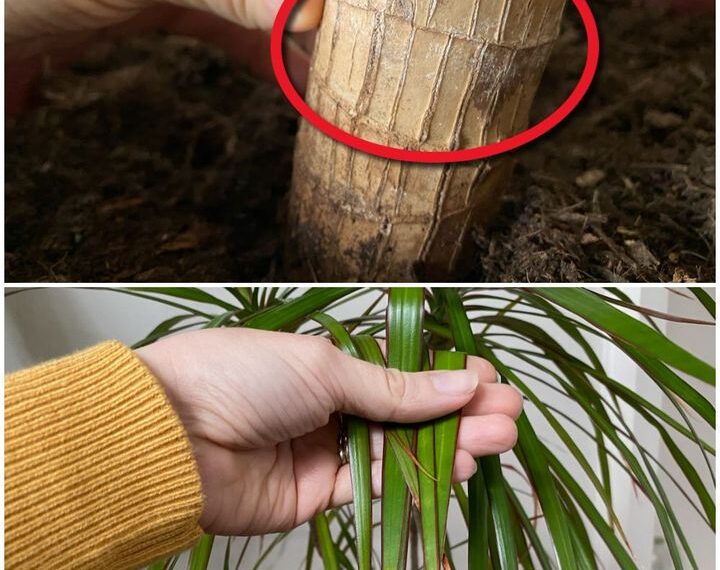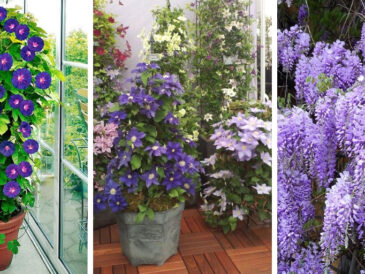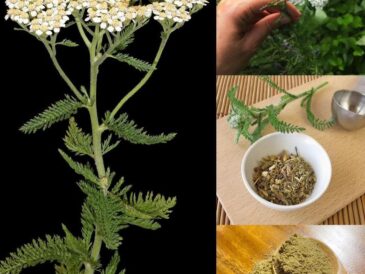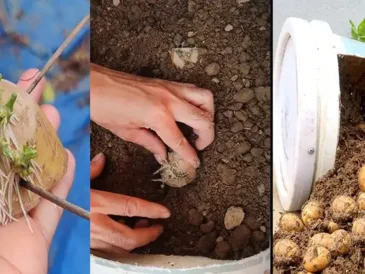No, that’s not a mistake. The instructions are the same, on purpose. After all the water has had time to drain out – say, ten minutes to half an hour, repeat the procedure.

I used to only do it once. And I think that was enough, for the most part. But I learned that you have to repeat the process in an article from the University of California Cooperative Extension.
The explanation is that the first watering session serves to dissolve the salts. The second time, you’re flushing them out of the soil.
How often do I need to leach my houseplants?
I’ll admit that this task has never been at the top of my houseplant care list. So I do it whenever I notice there’s a need for it (see the two signs above). That usually translates to once every five or six months.
There are exceptions though.
Obviously, I won’t need to leach a pot if I’ve recently repotted it or refreshed the soil. There should be no buildup in fresh potting soil for at least a few months.

Logistically, some plants get leached less often than others. I need to move my bigger houseplants to the bathtub to do it. So I either end up doing it less often. Or I couple it with the deep dusting that I do every couple of months when I give the mature plants a nice shower.
Generally, I would say having that on your radar at least a couple of times a year is good practice.
How do I avoid salt buildup in my plant’s soil?
We can’t totally avoid it, that’s the trick. Unless perhaps we exclusively use rainwater and never fertilize plants. But even rainwater contains trace minerals that it picks up from the environment.
But there are a few things we can do to slow down the buildup.
Don’t use too much fertilizer.
Over-fertilizing, especially if you’re using synthetic fertilizing, is one of the main causes of a fast buildup of salt in the pot.
When fertilizer dissolves in water, it turns into soluble salt. The water is either absorbed by roots or evaporates, but the soluble salts stay behind.

This isn’t an apparent problem right away. But in time, as we continue to water and fertilize the plant, these salts take up more and more space in the pot. They form a salt buildup.
Organic, plant-based fertilizers (for example, seaweed-based or fish-emulsion) might be a better choice. Check out this article I wrote about the different types of fertilizers for houseplants and the pros and cons of each.
Change the way you water houseplants.
I talked before about this bad habit that I had, just chucking water in the pots whenever I happened to need to dispose of a glass of water. That’s not a good strategy.
A much better method is to soak the plants thoroughly until some of the water drains out through the bottom of the pot.

Then take the next step and empty out the drip saucer. If you’re watering from below, empty out the saucer if you notice that not all the water has been absorbed after about an hour. If you don’t, you’ll end up with drip plates looking like this.
Leaching is a temporary solution.
Ultimately, I think of this process as a temporary fix until I get the chance to repot my houseplants. It’s not a perfect solution, and I know I’ll not remove every bit of salt by leaching the soil. But it’s a solution that buys me some time and an easy enough fix if the plant is really struggling.




